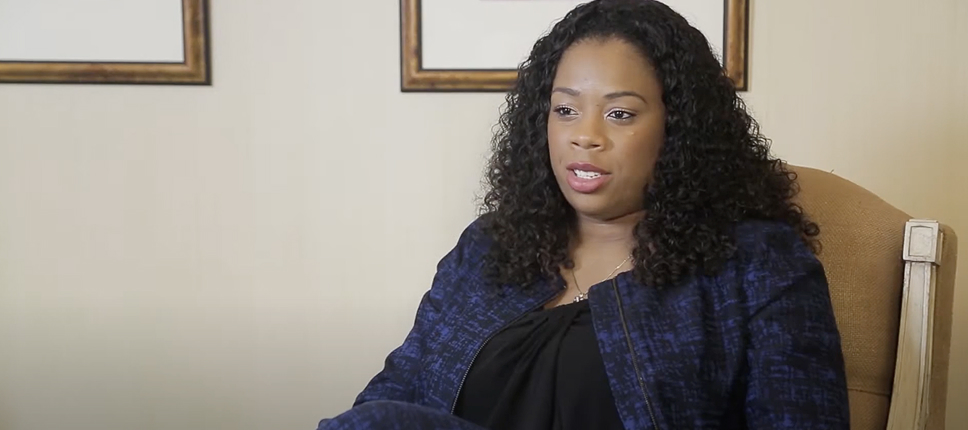Appearing On:
















Serious injuries deserve experienced attorneys
Electric Bicycle Accident Lawyers
Getting around metropolitan areas quickly and cheaply is a challenge many Washington, DC residents face on a daily basis. With heavy traffic and frequent construction, using a personal vehicle to get around town is time-consuming. The public transit system, while a popular option, suffers from overcrowding and inconvenient schedules. Many residents have opted to use bicycles and personal mobility devices instead.
Bicycles are a great workout, but they can be exhausting, particularly for less-fit individuals or when  Washington DC’s weather becomes hot. Business people who would otherwise want to bike to work may not wish to arrive drenched in sweat. For these and other reasons, many riders are turning to the plethora of electric bicycles now available on the market.
Washington DC’s weather becomes hot. Business people who would otherwise want to bike to work may not wish to arrive drenched in sweat. For these and other reasons, many riders are turning to the plethora of electric bicycles now available on the market.
There are a range of electric bicycles that can be purchased or rented by residents of Washington DC. Most retain pedals; these can be used with or without the powered function. Some, called “pedal-assist” bikes, only kick in while the pedals are being used; this ensures that the rider is primarily responsible for pedaling but reduces the amount of energy needed. Such bikes can also perform regenerative braking, enabling the batteries to recharge on downhill slopes. Other electric bicycles have an independent drive that is capable of starting and maintaining speed without any use of the pedals at all.
Some electric bikes can go for up to 20 miles without recharging; others have ranges that are up to five times greater. The range of any bike depends on riding conditions, wind, and other factors.
Cyclists in Washington, DC may not always be aware of the ordinances and classifications associated with electric bicycles. Because these vehicles have a motor and a seat, they can be classified along with mopeds and motorcycles if the onboard motor is capable of driving them to over 20 miles per hour. These higher-powered electric bikes may not be ridden on sidewalks or in bike lanes and must stay in the roadway, while lower-powered and pedal-assist bikes can usually be used in bike lanes like an ordinary bike. Cohen & Cohen
These distinctions can become important in an accident situation, where the location of the cyclist can determine whether he or she is able to recover for injuries caused by another. If a motor vehicle strikes a cyclist on an electric bike who is using a bike lane, the insurance company may attempt to get the bike classified as a motorcycle or moped, which would mean the cyclist was in the wrong place at the wrong time and contributed to his or her own injuries. Even if the cyclist was in the roadway, the question of whether the vehicle is technically a bicycle or a motorcycle can determine whether contributory negligence or comparative negligence rules apply, which dramatically changes the outcome of a personal injury case.
Any cyclist on an electric bike should be aware of the rules and maintain a close lookout for other vehicles at all times. After an accident, cyclists should contact an electric bike accident lawyer immediately, before speaking to insurance companies. This is the best way to ensure their rights are protected.
Personal Injury Attorneys In:
Washington DC | Maryland | Virginia
“Cohen & Cohen did a great job at recovering a good amount of money for me after my accident. Siri was super informative & responsive. Overall I had a great experience using this firm & they will be my first call if I am ever in an accident again.”
– Charles M.
 Personal Injury Accident
Personal Injury Accident
“I had a very positive experience with Cohen & Cohen and I highly recommend them to anyone who needs their services.”
– John G.
 Tractor Trailer vs Car
Tractor Trailer vs Car
“I would highly recommend Cohen & Cohen. They were awesome on my case. Cohen & Cohen had my best interest at heart at all times.”
– Morgan L.
 Personal Injury Accident
Personal Injury Accident
“My experience at Cohen & Cohen has been great from the beginning until the very end when my case was closed…I would definitely recommend them to family, friends or anyone that has a case with a personal injury accident.”
– Maria M.
Reviews
From Our Valued Clients
Cohen & Cohen has an impeccable client satisfaction rating with hundreds of 5-star reviews. We are among the best-rated firms in D.C., Virginia, and Maryland.

Best Personal Injury Lawyer in DC








Cohen & Cohen Has Been Featured On


















